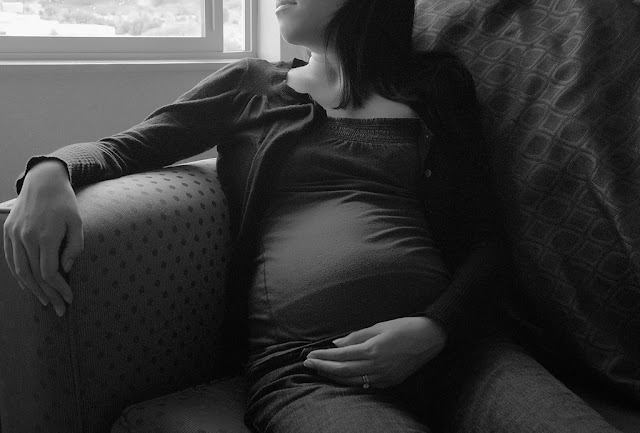Hernia in Pregnancy
A hernia is an opening in the abdominal wall that allows the intestine and fatty tissue to protrude.
Hernia Areas: Abdomen and Groin.
Hernia types:
* Umbilical Hernia or belly button: The most common
Hernia in pregnancy is the umbilical Hernia. This is where the umbilical cord attaches to the
child's body when he or she is born. This area has
a small opening that can be opened by increasing pressure. It is present
during pregnancy but disappears when you give birth.
* Inguinal hernia/Femoral Hernia: These can be seen in
the groin.
* Incisional hernia is a condition that occurs at the
site of an operation and can be seen as a vertical scar on the abdomen.
A hernia usually occurs between 18-20 weeks and 2% of women
experience it during or after pregnancy. Around 0.02% of women need surgery.
Contact the best Hernia Doctor in Kolkata.
Hernia can occur in 2 out of 1000 women who have a
transverse incision, and in 10 to 30 percent of women with a vertical incision.
If it becomes painful, hernia during pregnancy doesn't
require immediate attention. If left
untreated, it can cause serious and potentially life-threatening complications
such as obstruction or intestinal gangrene.
Babies are not likely to be affected by mother Hernia.
Factors that predispose to certain conditions:
* Females with muscle weakness at birth
* Aggregating factors such as chronic cough, constipation, and asthma.
* Twins, big babies, and polyhydramnios can stretch and
torment muscle due to the pressure of growing baby inside.
* Heavy weight lifting
* Fluid in the abdomen
* An abdominal tumor that raises intra-abdominal pressure
Many women do not experience any symptoms. Some people can feel or see a bulge in their
inguinal, or belly button, while they are lying down, standing, or coughing. Some people
feel dull, aching pains while laughing, talking, coughing, or sneezing. If they get
larger, some may have difficulty walking. They should
immediately see a Best Hernia Specialist Surgeon
if they experience symptoms such as pain, fever, or nausea.
Diagnostic tests
* Physical examination: Inspection and palpation to feel
the hernia-site gap and reduce the contents back into the abdomen.
* One can feel the hernia site's touch by coughing.
* An ultrasound examination of the abdomen and pelvis may
be used to determine the location, size, shape, and contents of the gap. A CT scan or higher test can also be performed.
Hernia treatment:
To prevent further discomfort, provide good support for
the area of the hernia once it is detected. Dr. ?s supervision. Take off the
hernia support bands while you sleep. For support,
keep your pillow between and under your knees.
It? It is not
recommended that you have surgery during pregnancy unless it poses a risk to
both the mother and baby. If you have to have surgery because
of a complication, do it in the second trimester. Preterm
births are possible.
A caesarian section for Pregnancy with Hernia is not
required. They can still deliver normally. The caesarian section can only be performed if there
are obstetric reasons. The body should be allowed to fully recover
after delivery, which can take anywhere from 3 to 6 months. If Hernia
persists, surgery may be performed.
Tips for Prevention
* Get pre-conception counseling that includes a general
and physical exam to rule out Hernia.
* Reduce excess activity such as lifting heavyweights.
* Exercises to strengthen the muscles and yoga under the guidance
* Maintain healthy body weight
* Maintain a balance diet, avoid constipation.
* Do not lift or carry children under your arm.
* Do not smoke and do not push hard during bowel
movements or passing urine.
Types of Surgery
* Open method
* The laparoscopic method
Both methods use a mesh to repair the hernia gap.




.jpeg)

0 Comments